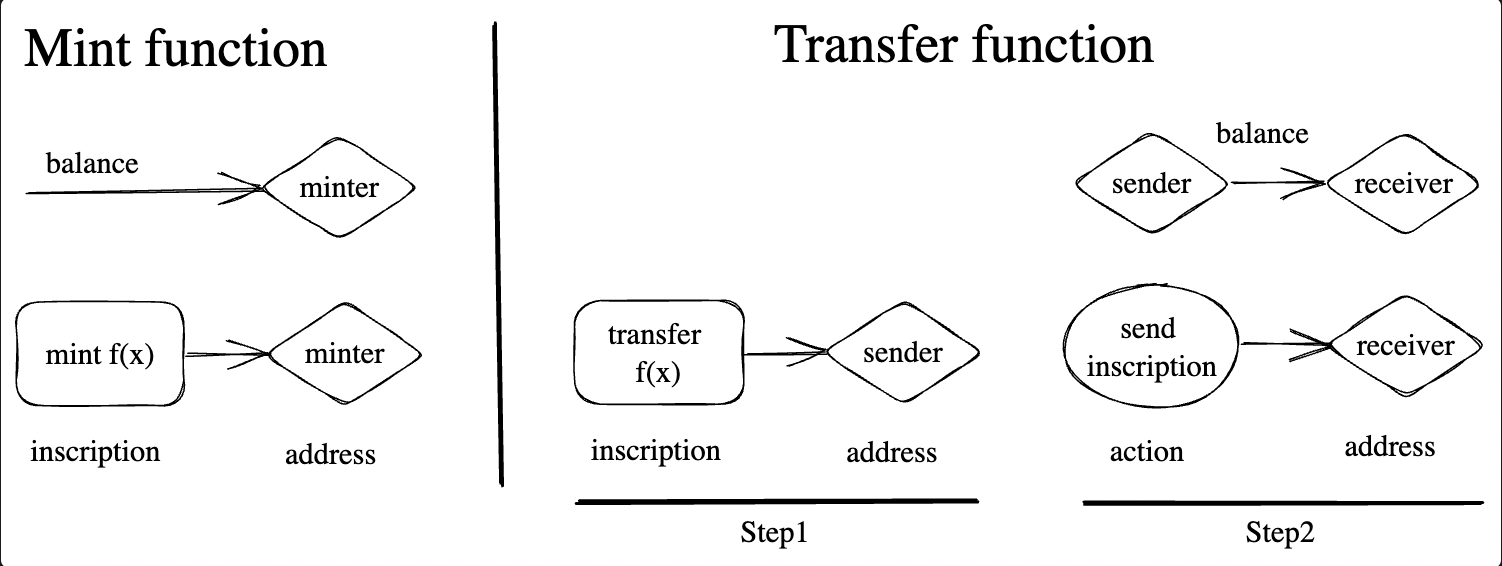The Litecoin community has been making waves lately with their latest experimental standard LTC-20. This standard is designed to test whether ordinal theory can help facilitate fungibility on the Litecoin network.
But what does that even mean? Basically, the experiment is all about testing whether or not off-chain balance states can be created with inscriptions. In other words, can we create a standard for Litecoin that allows for more flexibility and fungibility when it comes to transactions?
The LTC-20 standard was inspired by @domodata on Twitter and can be found on their GitBook. It's all about creating an ordinal-compatible token standard that can help facilitate fungibility on the Litecoin network. Participants can deploy their own LTC-20 or mint from existing deployments, similar to the popular Litecoin punks.
So how does it work? The LTC-20 balance state can be found by aggregating all the activity from the deploy, mint, and transfer functions. Deployments initialize the LTC-20 and don't affect state, while mints provide a balance to only the first owner of the mint function inscription. Transfers, on the other hand, deduct from the sender's balance and add to the receiver's balance, but only upon the first transfer of the transfer function.

While the experiment is highly dynamic, the Litecoin community is strongly encouraged to use it for tinkering with standard designs and optimizations until a general consensus on best practices is reached. It's not meant to be taken too seriously, so community members are advised not to make any financial decisions based on the experimental design.
It's worth noting that the LTC-20 experiment doesn't represent a standard for fungibility on Litecoin, but it is an exciting way for the Litecoin community to experiment with new ideas and designs. At this point, it's still too early to make any definitive conclusions about its efficacy, but some marketplaces and inscription services are working on a functioning indexer for ltc-20. Solutions are being listed as they come online, but for now, all solutions are for BTC versions only.
Overall, the LTC-20 experiment is an exciting development for the Litecoin community, and it will be interesting to see what comes of it in the future. It's a great example of how blockchain communities can come together to test new ideas and push the boundaries of what is possible on their respective networks. Who knows, maybe one day we'll see the ltc-20 standard become the new norm for fungibility on Litecoin!


